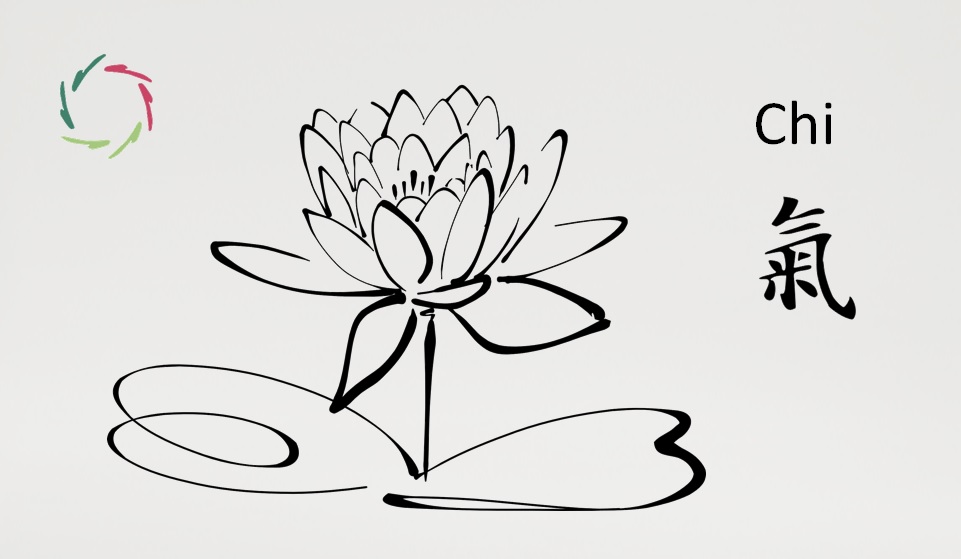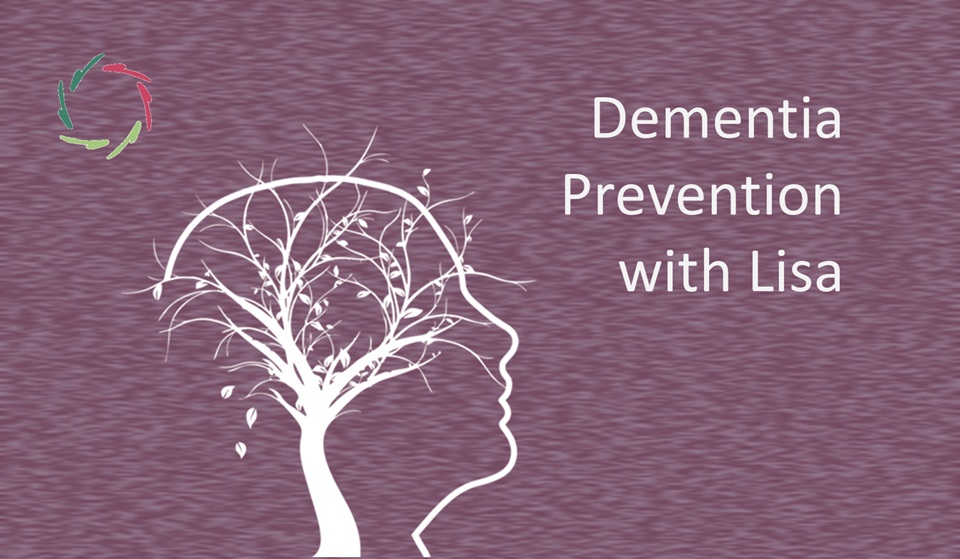Non-Specific Factors of Therapy

Psychotherapy works irrespective of the specific modality. That points to the fact that the non-specific factors work. What are they?
Specific factors
are those elements that are specifically delineated by proponents of a given therapy as the active causes of change.
Non-specific (common) factors
are factors that are not specified in the theoretical or practical delineation of one therapy but are common to all forms of psychotherapy, such as:
- the relationship between patient and therapist (alliance)
- therapist competence
- adherence to a specific treatment modality and protocols
- relaxation
- structure of being in therapy
- mitigation of isolation
- insights, feeling of cognitive mastery
- behavioral regulation, encouragement
- experience of success and mastery
- emotional experiences
- changing expectations
- getting feedback
- self-exploration
- modeling of therapist
As a special case, Jerome Frank (1889–1957) saw four essential common elements in mental healing, including psychotherapy:
- a functioning relationship patient-therapist
- a rationale providing credibility
- rituals in a structured manner
- a healing context
The non-specific factors have been much discussed as potential mechanisms for how psychotherapy works. This ‘great psychotherapy debate’ has been resolved in the sense that these factors are now scientifically seen as the factors that do work, in contrast to the specific factors of any psychotherapy. [see: “Psychotherapy vs. Psychotherapies”]
Placebo and empathy
In my view, these two broad groups underly the effect that can be gathered. The non-specific factors can be organized as belonging to one of both, or partly one, partly the other. Most of them heighten the expectation that something good will happen. Many are relationship-oriented.
About placebo, [see: “About <Placebo> In-Depth“]
About empathy, [see cat.: “Empathy“]
Not only psycho-therapy
Non-specific factors are relevant where humans are involved. This includes areas like education, leadership, etc.
Notably, it also includes medication. For instance, antidepressants have hardly any specific clinically relevant effect. The placebo effect may be close to 100%. [see: “Antidepressants on a Plate“] Double-blind studies on medication show some placebo effect for practically all of them. Much of this is probably a true placebo effect.
Of course, a physician’s empathy is also important. The influence on patient adherence to medication and a direct influence on healing have been shown unmistakably. The non-specific factors may be as important in psycho-somatics as in psychology. That makes it even more important to have a good view of them in psychotherapy.
Subconceptual
What is generally being overlooked is that all of these factors or, if you want, the two groups are active through the subconceptual level. [see: “About ‘Subconceptual’”] A few examples:
- The ‘therapist competence’ provokes the client’s expectation that something good will come out of it. However, just the conceptual expectation – the superficial belief – does not do the trick. Instead, the working factor is what someone deeply believes.
- The relation client-therapist works through the deep meaning this has to the client (and the therapist).
- Emotional experiences will not have a long-lasting effect – if any – if they are not profoundly touching to the client.
- Modeling of the therapist will not do anything if it is mere mimicry, not coming from inside out.
- As a Frank example: Any ritual works by way of deep involvement, not just by going through the motions. [see: “The Good Ritual“]
This sub-conceptual aspect is also why these factors are not easily conceptualized (as a matter of fact), understood, or even investigated. They remain invisible as a kind of cognitive illusion.
Actually, that just means that we are not like conceptual robots, as complicated as these may be. We are complex organisms. It’s normal that we can only heal as such through a kind of growth process.
This is also the case for AURELIS.
Listening to some guided meditation without letting oneself go with the flow, without opening oneself to letting the experience come from inside out, doesn’t work.
Actually, AURELIS doesn’t work. I am open in this. It’s the user who works. Otherwise, it would be a miracle, of course. The difference with other modalities lies in the fact that this openness lies at the core itself of AURELIS. This makes AURELIS more than constructed. It guides the user as openly as possible to the fundament of change. [see: “Is AURELIS More than Constructed?”]
The basic premise is that this brings in-depth advantages over other modalities. Thus, I don’t call AURELIS another therapy. It’s fundamentally different.
We don’t heal on the basis of some mechanical instrumentation.
The latter may be the environment within which it happens, but not that what makes the change. It is too coarse to be able to do so.
Any therapy that is constructed is instrumental.
Meanwhile, fortunately, nature heals us.
Shouldn’t we give more credit to nature and help her help us?
This is the aim of AURELIS ― and Lisa.


